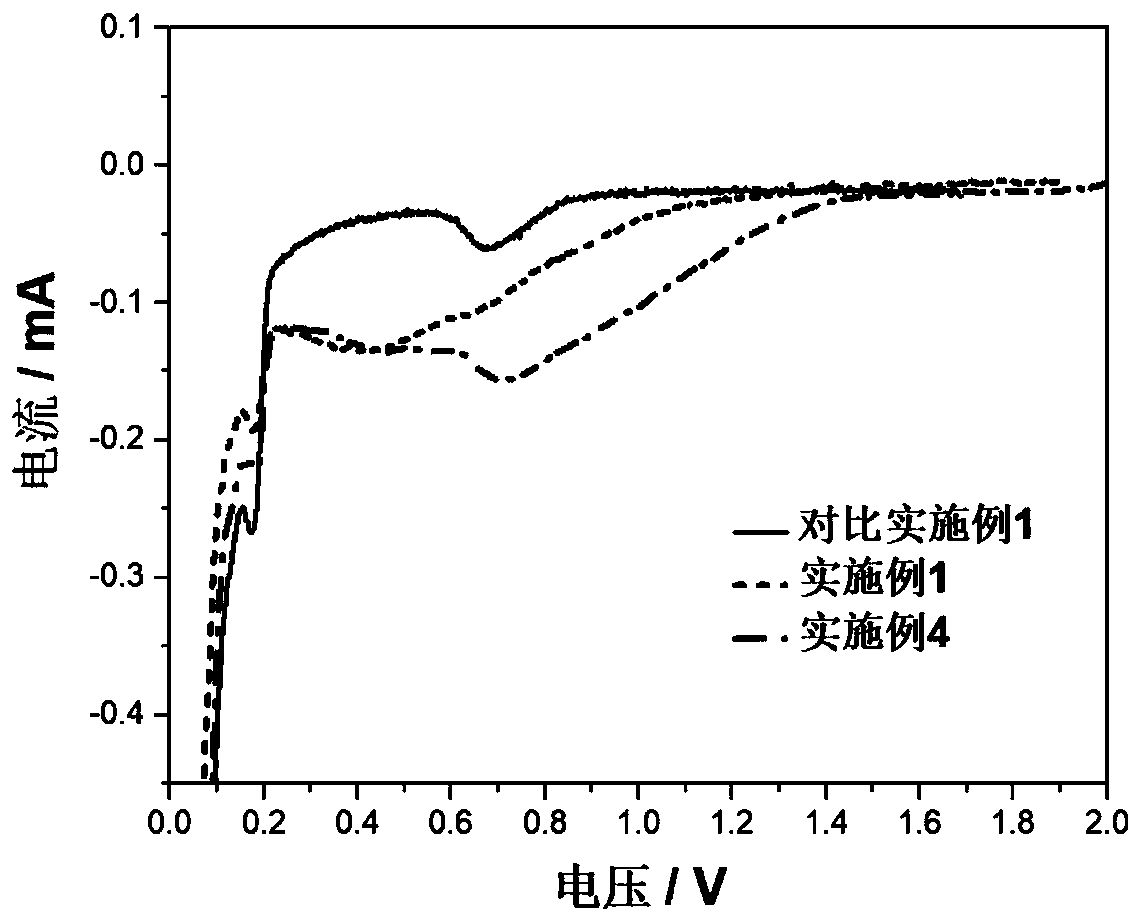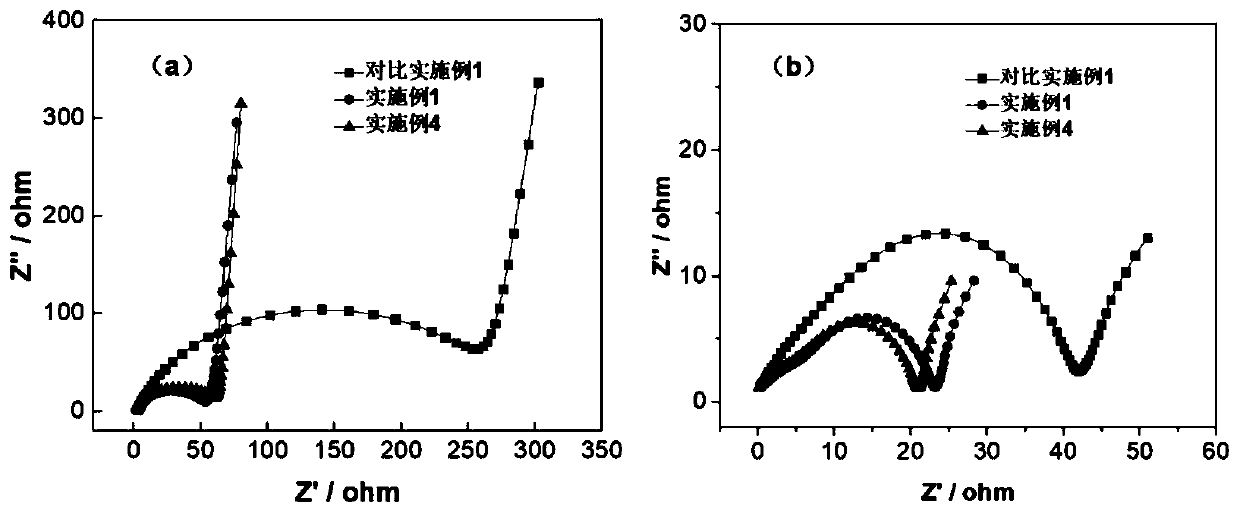Battery electrolyte additive, and electrolyte and lithium ion battery using additive
A technology of electrolyte additive and lithium-ion battery, applied in the field of electrolyte and lithium-ion battery
- Summary
- Abstract
- Description
- Claims
- Application Information
AI Technical Summary
Problems solved by technology
Method used
Image
Examples
Embodiment 1
[0043] (1) Preparation of electrolyte
[0044]Mix ethylene carbonate (EC), diethyl carbonate (DEC) and ethyl methyl carbonate (EMC) according to the mass ratio of EC:DEC:EMC=3:2:5, and then add lithium hexafluorophosphate (LiPF 6 ) to a molar concentration of 1mol / L, and then add 1% lithium hexafluoroisopropoxide based on the total mass of the electrolyte.
[0045] (2) Preparation of positive plate
[0046] Mix positive electrode active material lithium nickel cobalt manganese oxide LiNi according to mass ratio 93:4:3 0.5 co 0.2 mn 0.3 o 2 , conductive carbon black Super-P and binder polyvinylidene fluoride (PVDF), and then disperse them in N-methyl-2-pyrrolidone (NMP) to obtain positive electrode slurry. The positive electrode slurry is uniformly coated on both sides of the aluminum foil, dried, calendered and vacuum dried, and the aluminum lead-out wire is welded with an ultrasonic welder to obtain the positive electrode plate.
[0047] (3) Preparation of negative plat...
Embodiment 2
[0058] Replace the 1% lithium hexafluoroisopropoxide in the electrolyte prepared in Example 1 with 0.05% lithium hexafluoroisopropoxide, and prepare the electrolyte, positive plate and negative plate according to the same operating conditions as in Example 1 , batteries, and conduct liquid injection and formation of batteries and cycle performance tests of batteries. The obtained room temperature cycle performance data are shown in Table 1.
Embodiment 3
[0060] Replace the 1% lithium hexafluoroisopropoxide in the electrolyte prepared in Example 1 with 0.1% lithium hexafluoroisopropoxide, and prepare the electrolyte, positive plate, and negative plate according to the same operating conditions as in Example 1 , batteries, and conduct liquid injection and formation of batteries and cycle performance tests of batteries. The obtained room temperature cycle performance data are shown in Table 1.
PUM
| Property | Measurement | Unit |
|---|---|---|
| thickness | aaaaa | aaaaa |
Abstract
Description
Claims
Application Information
 Login to View More
Login to View More - R&D
- Intellectual Property
- Life Sciences
- Materials
- Tech Scout
- Unparalleled Data Quality
- Higher Quality Content
- 60% Fewer Hallucinations
Browse by: Latest US Patents, China's latest patents, Technical Efficacy Thesaurus, Application Domain, Technology Topic, Popular Technical Reports.
© 2025 PatSnap. All rights reserved.Legal|Privacy policy|Modern Slavery Act Transparency Statement|Sitemap|About US| Contact US: help@patsnap.com



